There are many mechanical keyboards in the market today. You have your usual suspects from more mainstream manufacturers such as Razer, Logitech, Corsair, and SteelSeries, just to name a few, but if you wanted something custom that you could modify and call it your own, that’s when things can get a bit expensive.
This is because, for a lot of truly custom mechanical keyboards, a lot of the better ones are priced anywhere between $300-$600, and that’s not including the switches, keycaps, and stabilizers, all of which could end up costing you an extra $150-$200.
If you’re balking at the price, we don’t blame you, and that’s something that Keychron has been trying to address since 2021 with the launch of the Keychron Q1. Keychron is no stranger to the mechanical keyboard scene, but the Q1 was the company’s first serious attempt at creating an enthusiast-level keyboard.
The Keychron Q1 was a 75% board, meaning that it did away with the numpad and some of the navigation clusters, but if you wanted something smaller, the company is back with the Keychron Q2, a 65% keyboard that features a rotary knob, gasket mounting, and a hot-swap PCB. If you’re confused as to what those mean, don’t worry, we’ll cover it in the rest of the review.
Physical Appearance
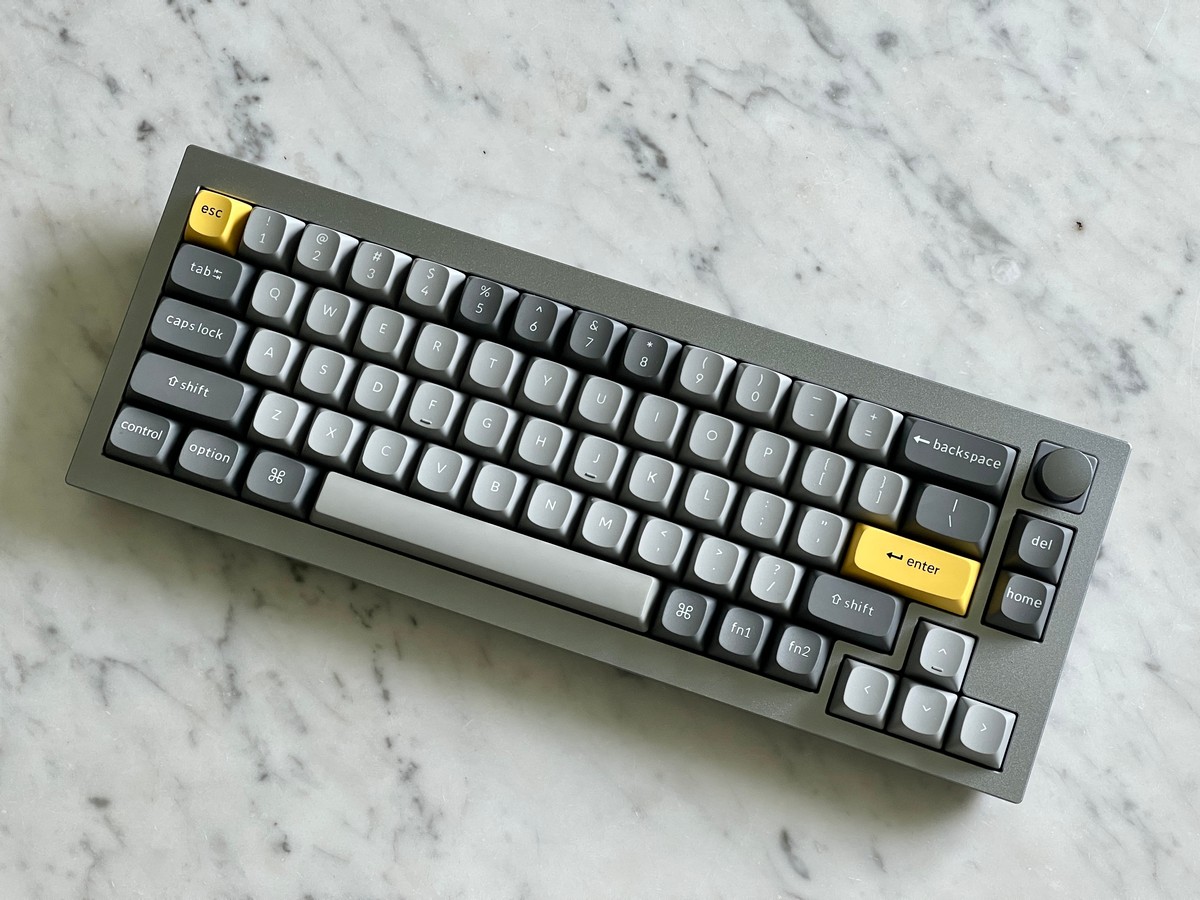 In terms of appearance, the Keychron Q2 is actually quite a pleasant keyboard to look at. It features nice, clean, straight edges and interestingly enough, it does not even feature the company’s logo or name on it at all. If you prefer your keyboards to look simple, the Q2’s got you covered.
In terms of appearance, the Keychron Q2 is actually quite a pleasant keyboard to look at. It features nice, clean, straight edges and interestingly enough, it does not even feature the company’s logo or name on it at all. If you prefer your keyboards to look simple, the Q2’s got you covered.
The keyboard does not feature any fancy brass accent pieces like a badge of weight, which is fine because we think at this price, it’s actually kind of perfect.
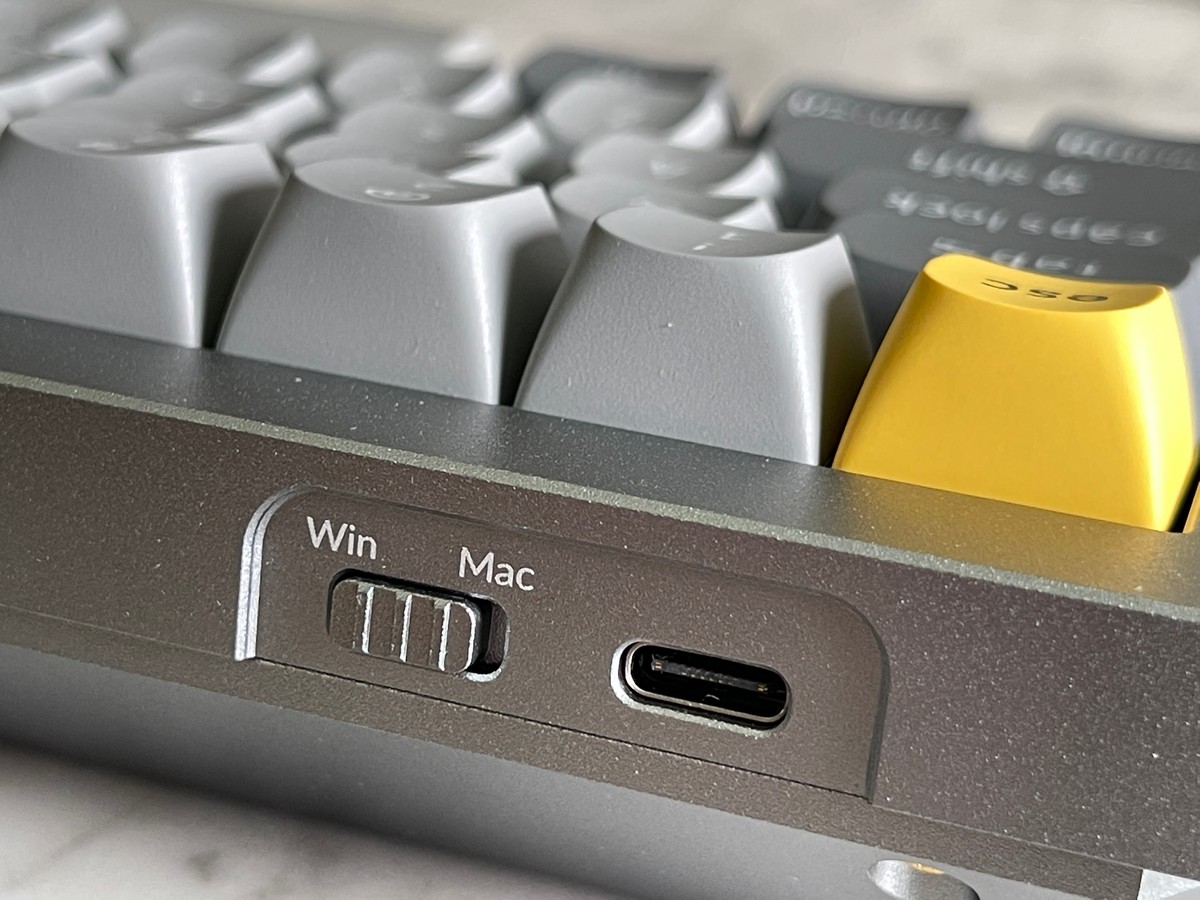 The keyboard itself weighs a ton (not literally) at 1.65kg fully built. It is made out of CNC machine aluminum and uses a steel plate. There is also a small toggle on the back that lets users switch between Windows and Mac layouts.
The keyboard itself weighs a ton (not literally) at 1.65kg fully built. It is made out of CNC machine aluminum and uses a steel plate. There is also a small toggle on the back that lets users switch between Windows and Mac layouts.
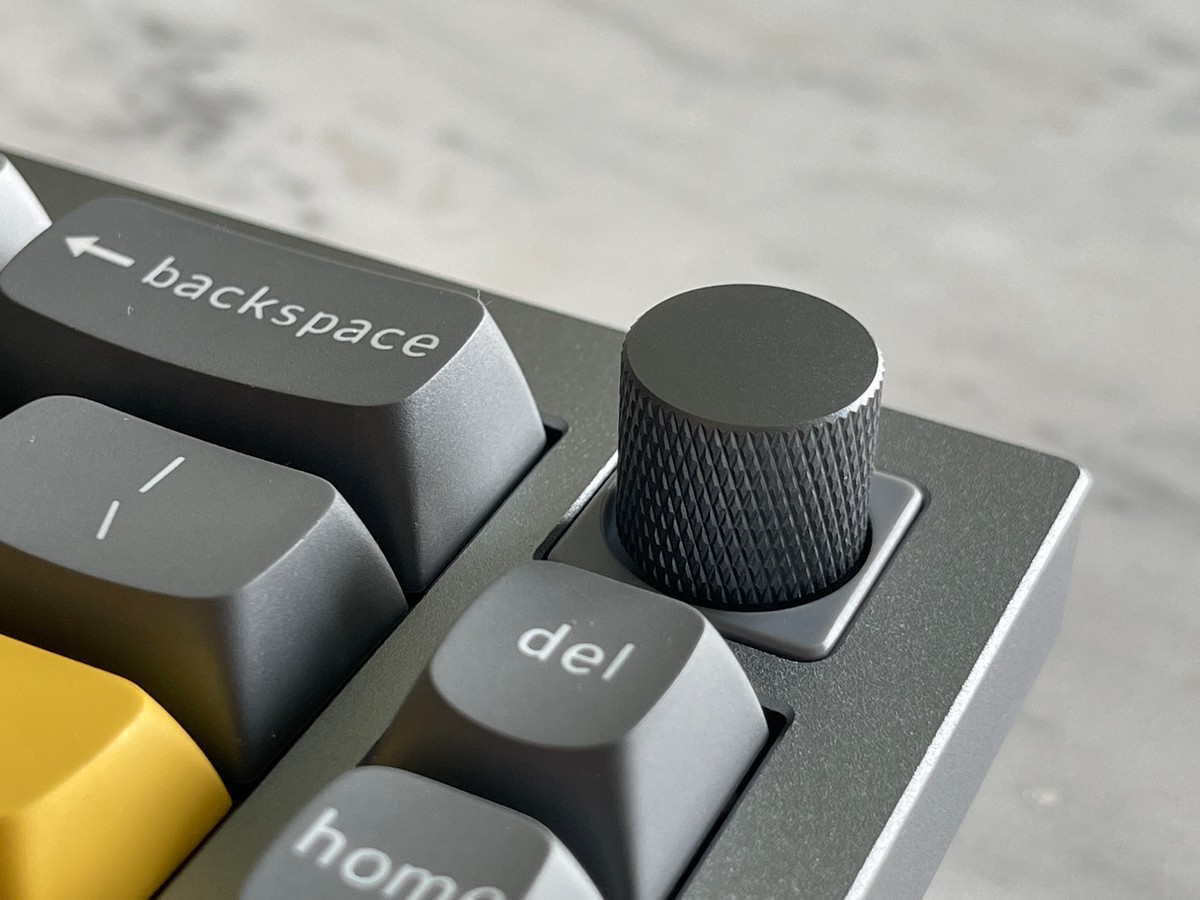 The version that was sent to me also features a rotary knob. This knob by default is used to control the volume, and can also be pressed down to mute your audio. Once again, rotary knobs tend to be found on keyboards priced twice what the Q2 costs, so it looks like Keychron is trying to appeal to budding keyboard enthusiasts here.
The version that was sent to me also features a rotary knob. This knob by default is used to control the volume, and can also be pressed down to mute your audio. Once again, rotary knobs tend to be found on keyboards priced twice what the Q2 costs, so it looks like Keychron is trying to appeal to budding keyboard enthusiasts here.
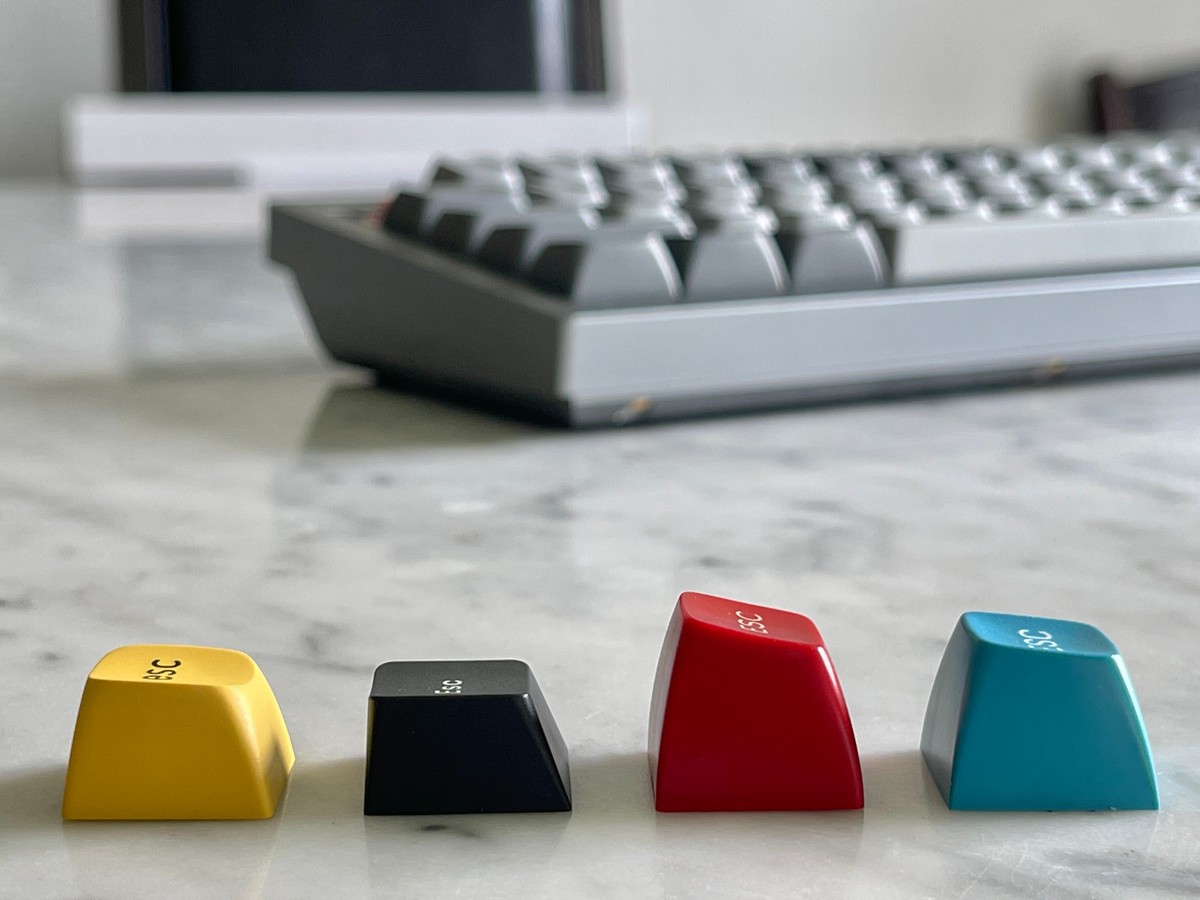
(L-R): OSA, Cherry, SA, MT3 keycap profiles
If you opt for the fully assembled version, it comes with Keychron’s OSA keycaps. These keycaps are ever-so-slightly taller compared to more “standard” keycaps, so for some users who are more used to typing on a lower-profile keyboard, it might take some getting used to.
Sound & Feel
 Within the keyboard itself, there are various pieces of dampening foam placed in between the bottom of the case and the PCB, as well as in between the PCB and the steel plate.
Within the keyboard itself, there are various pieces of dampening foam placed in between the bottom of the case and the PCB, as well as in between the PCB and the steel plate.
It also utilizes a gasket design, meaning that pieces of foam are placed around the edges of the plate to help offset vibrations and the stiffness when you type, which can affect both the sound and feel.
These are typically features one might expect to see from higher-end keyboards, so it’s nice to see that Keychron has brought it over to a board that costs under $200.
Something to take note of here is that when Keychron first launched the Q1, many complained at how pingy the keyboard sounded. In a video by Keybored, he showed how to fix this by basically adding layers of masking tape between the top piece of the keyboard and the bottom piece, resulting in what he calls a “force break”.
This is something that Keychron has actually adapted in the Q2 which worked out pretty well as the end result is a keyboard that sounds less pingy.
Typing Experience
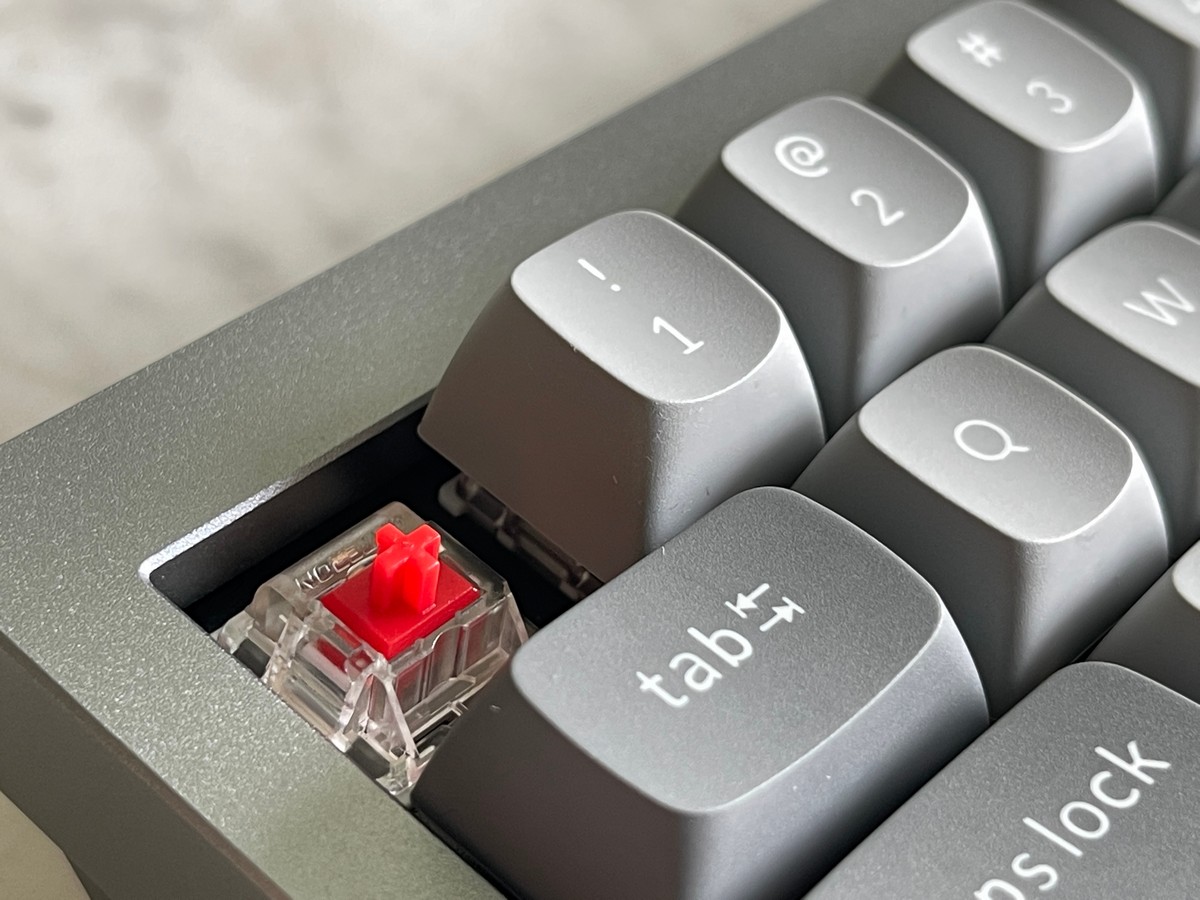 If you opt to buy the fully assembled version of the Keychron Q2, you will be able to choose from three different Gateron switches – Gateron G Pro Red, G Pro Blue, and G Pro Brown. If you’ve ever used a mechanical keyboard before, they more or less correspond to the same Cherry MX Red, Blue, and Brown switches.
If you opt to buy the fully assembled version of the Keychron Q2, you will be able to choose from three different Gateron switches – Gateron G Pro Red, G Pro Blue, and G Pro Brown. If you’ve ever used a mechanical keyboard before, they more or less correspond to the same Cherry MX Red, Blue, and Brown switches.
For those who aren’t familiar, Reds are a linear switch meaning that they don’t offer any resistance when you press down. The Browns are a tactile switch which means there’s a slight bump before the key fully acuates, and Blues are a clicky switch that has a slight bump but it’s more known for the clicking sound it produces while typing, kind of like a typewriter.
The switches themselves aren’t all that special and nothing to write home about. If you’re new to the keyboard scene, they’re perfectly fine.
Also, thanks to Keychron’s implementation of the gasket mounting system in the Q2, it offers a more flexible typing experience. Typically speaking, using plates made out of steel or aluminum can feel more stiff and harsh when you type, but in this instance, the gaskets helped to absorb some of the stiffness, making it rather pleasant to type on.
Full Customization
 The Keychron Q2 is a fully customizable mechanical keyboard. Unlike some of Keychron’s other offerings, the Q2 feels like it was meant to be modded and customized. It has a hot-swap PCB which means that you can easily remove the switches without desoldering the keyboard and put in new switches without having to solder.
The Keychron Q2 is a fully customizable mechanical keyboard. Unlike some of Keychron’s other offerings, the Q2 feels like it was meant to be modded and customized. It has a hot-swap PCB which means that you can easily remove the switches without desoldering the keyboard and put in new switches without having to solder.
There are probably hundreds of different switches out there in the market today that you can choose from, so if you want to try something a bit more different and boutique, you can swap them in and out of the keyboard without any issue. This gives you the opportunity to try different types of switches to find the one you like without having to purchase a new keyboard.
As the Q2 more or less adheres to a standard 65% layout, it means that it is also compatible with the majority of aftermarket keycaps, so if you’re not a fan of the keycaps that Keychron bundles with the keyboard, feel free to swap them out for something completely different.
The rotary knob on the Q2 is an EC11 encoder and is widely used by many in the hobby, so you should not have any trouble finding a different colored or different style encoder that will suit your preference.
 During my review, I decided to swap out the switches from the Gateron G Pro Reds to the Gateron Box Black Ink V2s, and also changed the keycaps from the included ones to GMK Modern Dolch 2, and let me tell you, it feels like a completely different beast after the modifications.
During my review, I decided to swap out the switches from the Gateron G Pro Reds to the Gateron Box Black Ink V2s, and also changed the keycaps from the included ones to GMK Modern Dolch 2, and let me tell you, it feels like a completely different beast after the modifications.
Keep in mind that changing the keycaps and switches and also properly lubing and tuning your stabilizers can have a dramatic and positive effect on the overall experience.
This is one of the appeals of the custom mechanical keyboard hobby where even though two people might own the same keyboard, their choice of switch, spring weight, keycaps, and method of lubing can result in a truly unique and personalized experience.
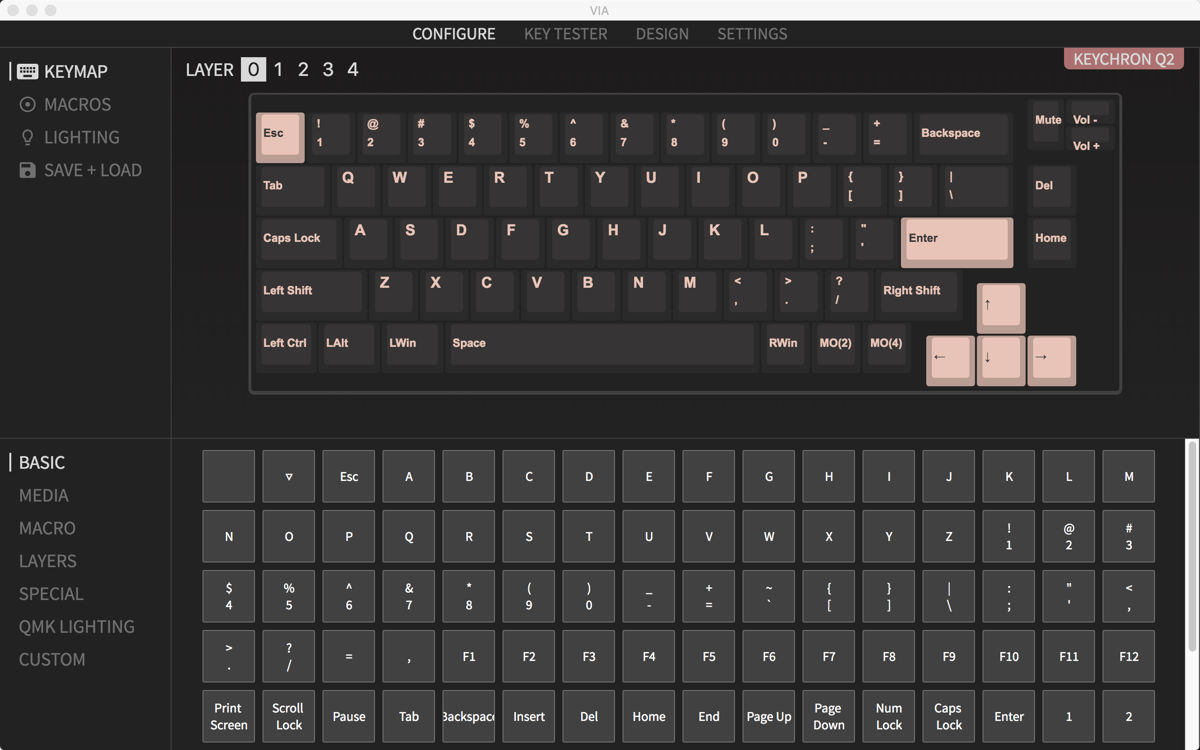 Keychron also uses VIA, which is a software that many in the custom scene use to customize the keyboards, so if there are keys you’d like to move around software-wise, VIA’s interface makes it pretty easy to use.
Keychron also uses VIA, which is a software that many in the custom scene use to customize the keyboards, so if there are keys you’d like to move around software-wise, VIA’s interface makes it pretty easy to use.
Conclusion
The Keychron Q2 is a fantastic keyboard for those who are new to the hobby and are trying to get into the custom scene without having to spend too much money or wait up to a year for their keyboards to arrive.
It might even appeal to those who have been in the hobby for a while and are looking for something different to try. The ability to fully customize almost every aspect of it is probably its greatest appeal, plus the changes Keychron made from Q1 shows that they are listening to feedback from the community.
Keychron Q2 Rating: star_fullstar_fullstar_fullstar_fullstar_empty (4 / 5)
The Good
- Pretty affordable starting at $150
- The ability to fully customize it to your heart’s content
- Perfect for beginners to the hobby
The Bad
- Might be a bit too heavy for some
- Only steel is available for plate material, would love to see more options
- 65% form factor might not be for everyone
Note: this article may contain affiliate links that help support our authors and keep the Phandroid servers running.

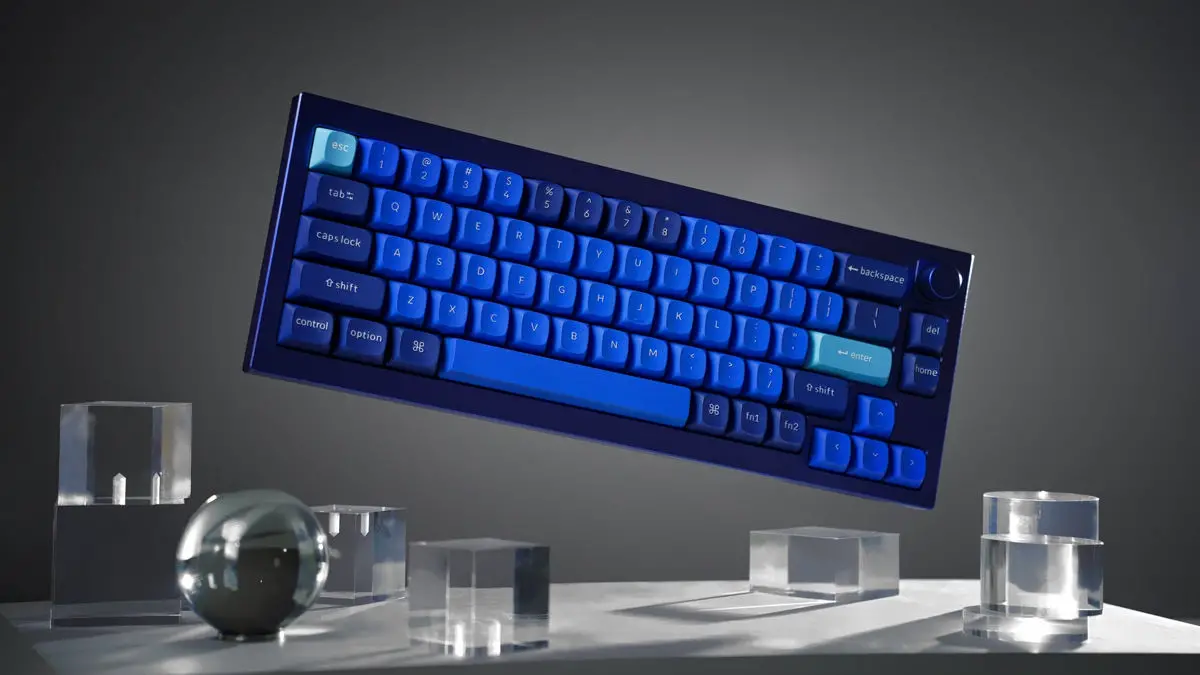
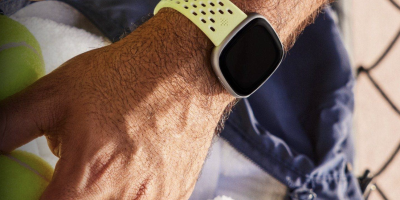


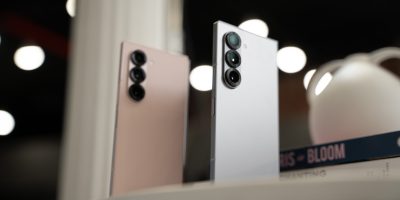




Comments